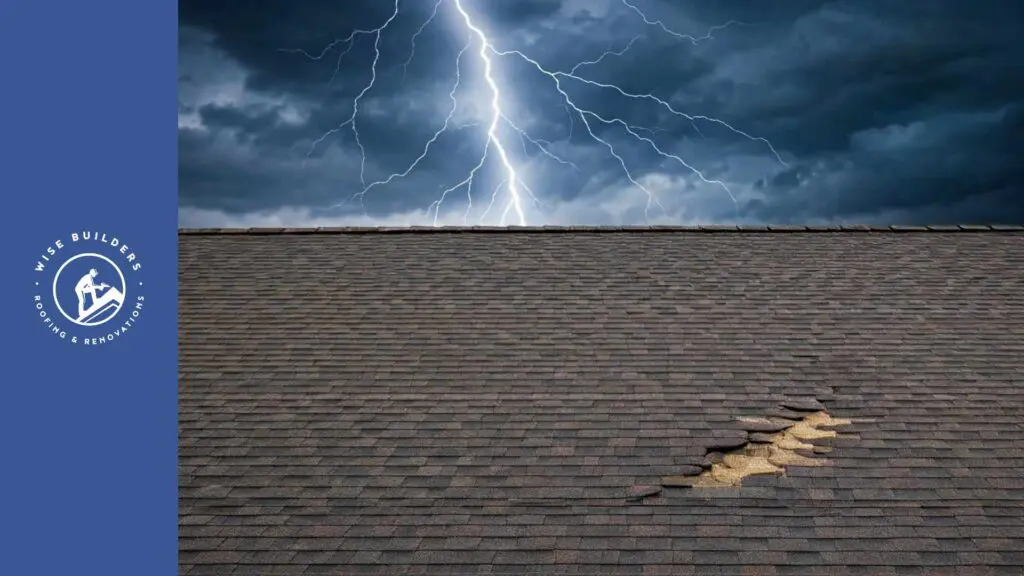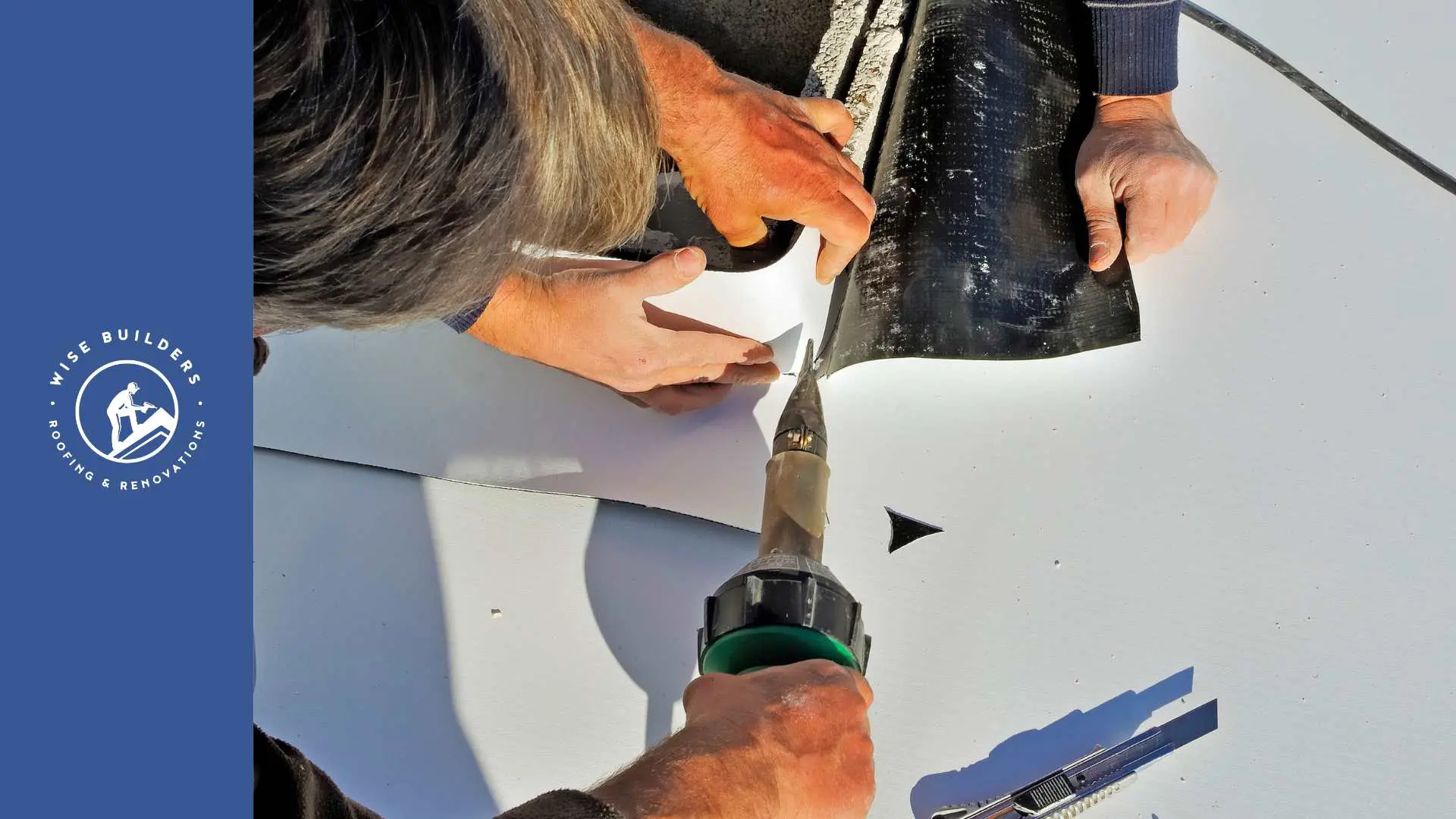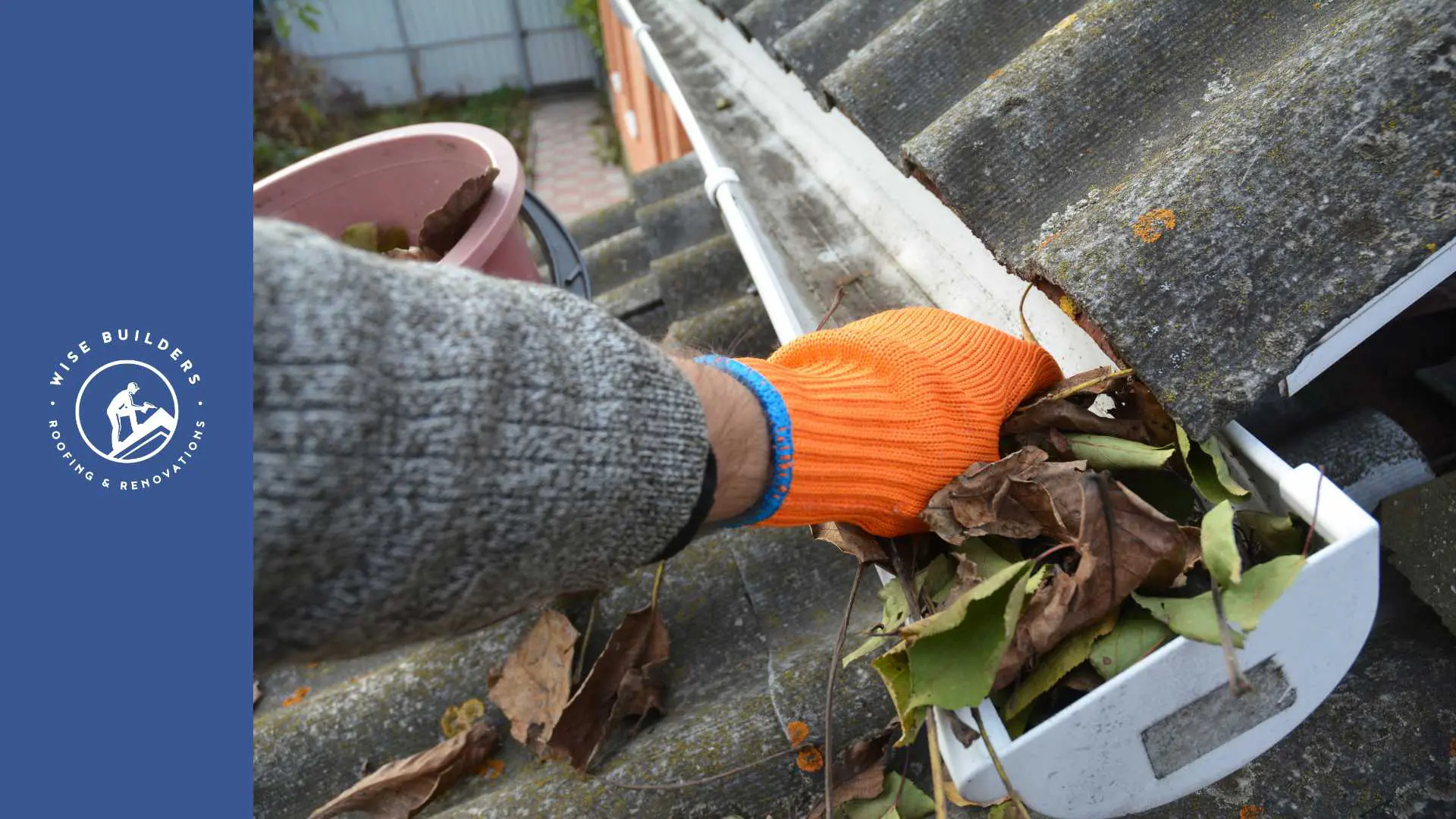
Key Highlights
- Lightning strikes can cause significant physical damage to roofs, especially shingled ones.
- Intense heat and electrical surges from lightning can lead to fires, shingle damage, and structural problems.
- Signs of lightning damage include missing or damaged shingles, burn marks, interior water leaks, and electrical issues.
- Homeowners should prioritize safety and contact professionals to assess damage after a lightning strike.
- Preventive measures like lightning protection systems and regular roof maintenance can minimize the risk of lightning damage.
Introduction
While a lightning bolt strike is a captivating natural phenomenon, it can have devastating impacts on homes, particularly roofs and electrical wiring. The intense energy discharge from a lightning bolt strike can inflict serious structural damage, especially to vulnerable roofing materials. Understanding the risks associated with a lightning bolt strike and knowing how to mitigate them is crucial for homeowners. This article will explore the effects of lightning strikes on shingled roofs and discuss preventative measures to safeguard your home.
Understanding How Lightning Strikes Affect Roofs

During a thunderstorm, static electricity builds up within the storm clouds. As this electrical potential difference between the cloud and the ground increases, it seeks a path to discharge the built-up energy. This often leads to a lightning strike, where a bolt of electricity travels through the air, often striking the highest point on the ground.
Roofs, being the uppermost part of most structures, often bear the brunt of these strikes. The immense heat generated by the bolt of lightning, reaching temperatures hotter than the sun’s surface, can instantly heat the roofing materials, potentially causing them to ignite or explode. The electrical surge can also travel through the roof’s components, compromising its structural integrity and safety.
The Science Behind Lightning and Its Impact on Roofing Materials
A lightning strike is an incredible release of energy, carrying millions of volts and capable of producing extremely high temperatures in a fraction of a second. When this intense heat comes into contact with roofing materials, it can cause significant damage and have devastating consequences.
The most immediate impact is the potential for fire. Many roofing materials, especially those made of flammable substances, are highly susceptible to ignition upon contact with such extreme temperatures.
Moreover, the rapid heating and cooling caused by a lightning strike can induce thermal shock in the roofing materials. This sudden fluctuation in temperature subjects the materials to intense stress, leading to cracking, warping, or even complete disintegration, compromising the roof’s ability to protect the house from the elements.
Specific Vulnerabilities of Shingled Roofs to Lightning
Shingled roofs, a popular choice for residential properties, can be particularly susceptible to lightning damage due to their construction and materials. The individual shingles, despite being designed to overlap and channel water away from the roof, offer limited resistance to the extreme force of lightning.
The most common type of shingle, asphalt shingles, while cost-effective and relatively easy to install, can be easily damaged by high winds and hail, making them even more vulnerable to severe damage from a lightning strike. The intense heat can melt or warp the asphalt, compromising its waterproofing ability, while the impact can loosen or dislodge shingles, leaving the roof exposed to the elements.
Furthermore, the nails or staples used to secure shingles to the roof deck are also potential points of failure during a lightning strike. These metal fasteners can attract the electrical current, acting as conductors and potentially exacerbating the damage by creating multiple pathways for the lightning to travel through the roof.
Immediate Actions to Take After a Lightning Strike on Your Roof
Safety should be the utmost priority after a lightning strike. If you suspect your home has been struck, evacuate immediately and contact emergency services. Do not attempt to inspect the roof or make any repairs yourself, as hidden electrical currents or structural damage could pose serious risks.
Once the immediate threat has passed and authorities have deemed it safe, contact a qualified roofing contractor to assess the damage thoroughly. A professional inspection will identify both visible and hidden damage, ensuring that all affected areas are properly addressed for safety and insurance purposes.
Safety Measures to Follow Immediately After a Strike
In the aftermath of a lightning strike on your home, prioritizing safety is paramount. The first and most crucial step is to evacuate the premises. Even if there are no immediate signs of fire or structural damage, there is a risk of hidden dangers, such as smoldering embers or weakened support beams.
Contact the fire department immediately upon evacuating. Trained professionals can assess the situation and look for potential fire hazards or structural instability that might not be immediately visible. Their expertise is invaluable in ensuring that your home is safe to re-enter.
As a homeowner, resist the urge to inspect the damage yourself. While it might be tempting to climb up to the roof for a closer look, it is extremely dangerous. Leave the assessment to licensed professionals who have the expertise and equipment to handle these situations safely.
Assessing Damage and Contacting Professionals
Once the fire department has cleared your home for re-entry, it’s time to contact a reputable roofing contractor. They will thoroughly inspect your roof, identifying any structural damage caused by the lightning strike. This might include anything from dislodged or damaged shingles to compromised underlayment or even damage to the roof deck itself.
Beyond the immediate roof damage, a lightning strike can also lead to more significant structural issues. The force of the strike can potentially affect the home’s framing, causing damage that might not be apparent from a visual inspection. Additionally, electrical systems can also be compromised, by power surges, necessitating a thorough check by a qualified electrician.
In cases of severe damage, roof replacement may be the safest and most cost-effective solution in the long run. Your roofing contractor will guide you through the process, working with your insurance company to ensure a smooth and efficient restoration.
Preventative Measures to Protect Shingled Roofs from Lightning

Although you can’t entirely eliminate the risk of lightning striking your home, you can take proactive steps to minimize the potential damage to your shingled roof. One of the most effective measures is installing a lightning protection system. This system safely redirects the electrical current from a lightning strike to the ground, sparing your house from a direct hit.
Besides a lightning protection system, regular roof inspections play a pivotal role in mitigating potential lightning damage. A well-maintained roof is more likely to withstand the stress of a lightning strike. During these inspections, professionals can identify and address any vulnerabilities, such as loose or missing shingles, ensuring your roof is in optimal condition.
Installing Lightning Rods and Their Effectiveness
Among the preventive measures against lightning damage, installing a lightning rod system is perhaps the most effective. They act as a point of attraction for lightning strikes, providing a safe path for the electrical current to follow to the ground, thus protecting your house.
A lightning rod system consists of several components, all working together to provide optimal protection. These components include the rods themselves, conductive wires, grounding rods, and surge protectors for electrical appliances.
Below is a table outlining the function of each component in a lightning rod system:
| Component | Function |
|---|---|
| Lightning Rod | Placed at the highest points of the structure to attract lightning strikes. |
| Conductive Wire | Connects lightning rods to grounding rods, providing a path for the current. |
| Grounding Rod | Embedded in the ground to dissipate the electrical current safely. |
| Surge Protector | Safeguards electrical appliances from voltage spikes caused by lightning. |
Regular Roof Inspections and Maintenance Tips
Complementing the installation of a lightning protection system, regular roof inspections and consistent maintenance are essential for increasing the durability of your roof and its resilience against potential damage, including that from a lightning strike.
By scheduling inspections with a qualified roofing contractor at least once a year, preferably before and after storm seasons, you can address minor issues before they escalate into major problems. These inspections typically involve checking for damaged or missing shingles, cracked flashing, clogged gutters, and other potential vulnerabilities that might weaken the roof’s integrity.
Simple maintenance practices, such as keeping gutters clean to ensure proper water flow, trimming overhanging branches that could fall during storms, and promptly replacing any missing or damaged shingles, go a long way in extending the lifespan of your roof and minimizing the risk of leaks or other problems, even in the event of a lightning strike.
Conclusion
In conclusion, understanding the impact of lightning strikes on shingled roofs is crucial for protecting your property. By implementing safety measures, such as immediate inspections and contacting professionals, you can mitigate potential risks. Furthermore, preventative actions like installing lightning rods and conducting regular roof maintenance can help fortify your roof against lightning damage. Stay proactive in safeguarding your home from the unpredictable forces of nature to ensure the longevity and safety of your roofing structure.
At Wise Builders, We ensure our clients receive the best possible outcomes. Our commitment to quality workmanship and customer satisfaction is unwavering, making us the top choice for residential Roofing services in our community.
Frequently Asked Questions
Can any type of roofing material completely resist lightning damage?
No roofing material can completely eliminate the risk of lightning damage. While metal roofing is highly durable and less likely to ignite, it can still suffer structural damage from a direct strike. The key to minimizing damage lies in installing a proper lightning protection system regardless of the roofing material.







